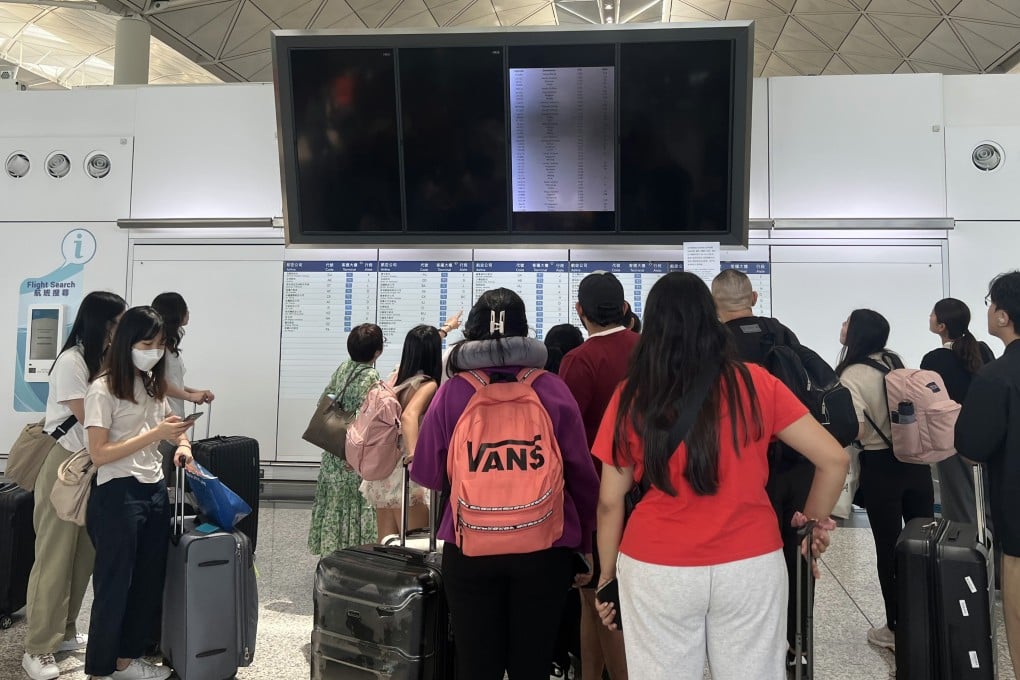Advertisement
Hong Kong’s airport lacked emergency plan to cope with display screen failure, experts say
- Airport management criticised after screen failure hit flight and baggage information, with some missing flights
Reading Time:3 minutes
Why you can trust SCMP
8

Hong Kong airport’s response to a failure of its flight information and baggage collection display screens on Sunday came too late and failed to take a human approach, critics said.
The Airport Authority was also urged to reveal the precise cause of the system crash, which caused chaos and led to some passengers missing their flights.
Entertainment tycoon Allan Zeman, a former authority board member, said the airport was a major contributor to Hong Kong’s economy and should have a better backup system to handle emergencies.
“We need a very strong functioning airport,” he said. “It’s a good lesson that we really need to get the backup models for a lot of technologies that we have at the airport, especially information, because that’s really something that should not happen.
“I would imagine that the airport would try to compensate [the affected passengers]. It’s not the passengers fault. It’s an airport problem.”
The systems failure paralysed flight and baggage collection information and on digital platforms for more than nine hours.
Advertisement